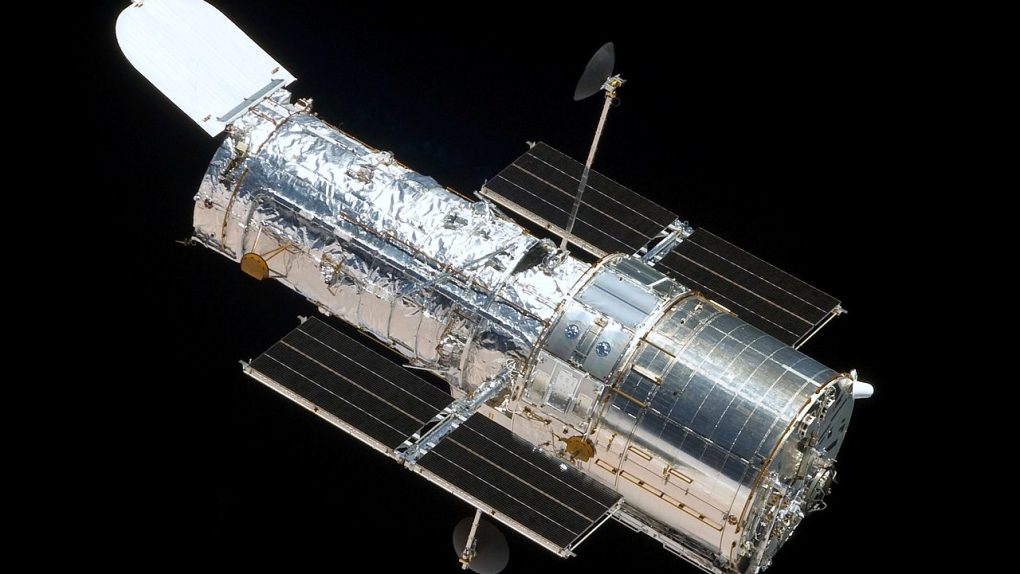The Hubble Space Telescope — one of NASA’s most reliable and important pieces of space hardware — has had a rough couple of weeks. Earlier this month NASA revealed that the Hubble was experiencing some unexpected downtime after one of its gyroscopes failed and the backup gyro returned bizarre readings.
NASA’s engineers remained at a loss to explain why the Hubble’s gyro was acting up. They turned the components off and back on, but that didn’t seem to fix the problem. Believing that some kind of blockage was responsible for the telescope’s odd behavior, NASA’s team performed a series of maneuvers intended to free up the gyroscope, ultimately correcting the problem. Now, it seems that everything is working splendidly and NASA is comfortable in announcing that Hubble is back to normal.
“Late Friday, the team began the process to restore the scientific instruments to standard operating status,” NASA said in a statement. “Hubble successfully completed maneuvers to get on target for the first science observations, and the telescope collected its first science data since Oct. 5.”
It’s still not completely clear what the problem was. The telescope was returning readings that made no sense, and since the gyroscopes are what the Hubble uses to orient itself while drifting in orbit it’s vital that they work correctly. The strategy of sending repeated maneuvers to the telescope apparently fixed things, so NASA is moving forward and resuming science operations.
That’s obviously great news, but NASA is quick to point out that Hubble is definitely getting up there in terms of age. The telescope has nearly doubled its original intended mission timeline, lasting over 28 years thus far despite only being designed to fly for around 15 years.
In a perfect world, the James Webb Space Telescope would already be up and running, collecting data alongside the Hubble. Unfortunately, due to a series of inexcusable blunders on behalf of contractor Northrop Grumman, the telescope’s planned launch in 2007 has been delayed by nearly a decade and a half and at a cost of nearly $10 billion. The original budget for the new telescope was $500 million.








